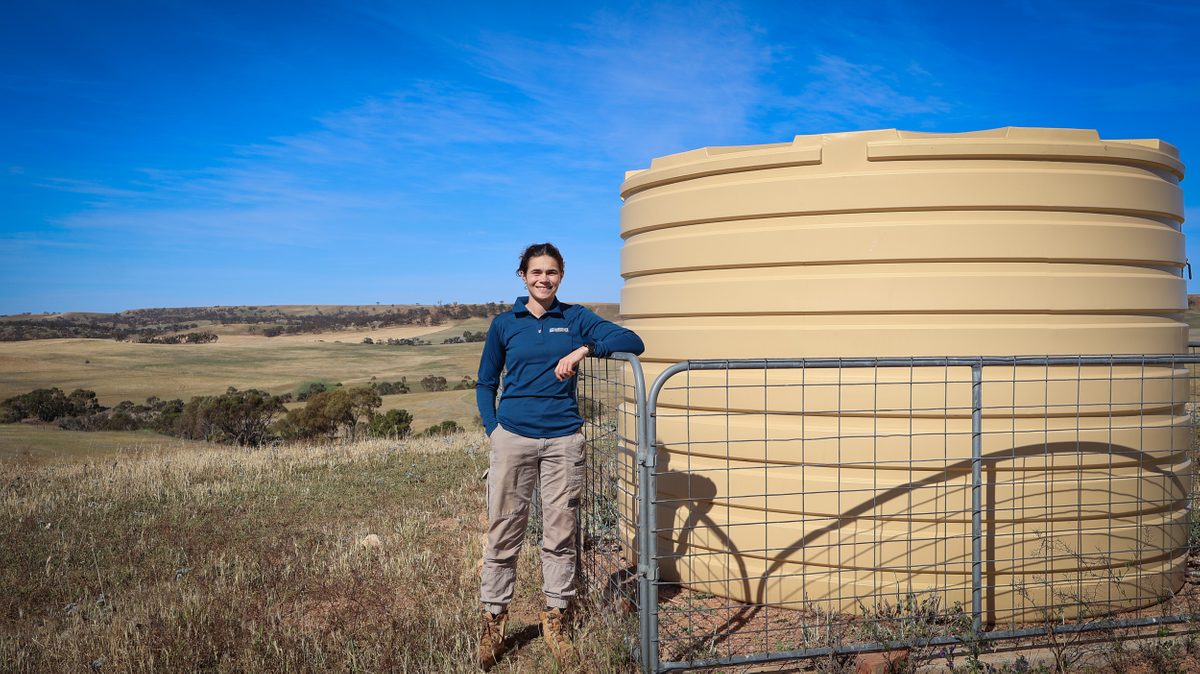Delivering a win-win for environment and agriculture
A key milestone has been reached in the creation of a 140,000 hectare ‘Great Southern Ark’ that will protect native species and benefit local farming communities.
Construction of a 23 kilometre fence across South Australia’s Southern Yorke Peninsula marks the start of four years of intensive feral predator control activities, and the staged re-introduction of threatened wildlife such as the brush-tailed bettong and southern brown bandicoot.
The Southern Yorke Peninsula fence will control the movement of foxes and feral cats, securing the future of many of our threatened native species and reducing the cost of feral animal predation to farmers. Feral cats alone hunt and kill bilbies, numbats, quokkas, quolls, bandicoots, parrots, lizards, frogs and many other endangered species.
Once completed, this project is expected to provide significant benefits to our environment, native species, farmers and the local community. For example, the project will help:
- restore the ecology of the southern Yorke Peninsula and stop the decline of the district’s unique vegetation,
- manage mice populations, which will help to reduce damage to crops, by reintroducing native predators including the red-tailed phascogale and barn owl,
- reduce fox predation on lambs,
- support the local economy through opportunities for low-impact ecotourism, following the reintroduction of native species such as the brush-tailed bettong and southern brown bandicoot.
The project aims to return up to 20 native species to the peninsula, in a bid to boost local tourism, improve agricultural productivity and restore the area to its former ecological glory.
Northern and Yorke Natural Resources team leader Max Barr said feral cats and foxes have wreaked havoc on native animal populations in this area and farmers have also lost valuable stock to these predators, so the fence is an important first milestone.
“We can’t wind back the clock to 200 years ago, but we can try to restore key species to the system and create a landscape that balances healthy wildlife populations with prosperous farmland and tourism," Mr Barr said.
At least 27 Australian mammal species are believed to have disappeared from the peninsula due to feral predators and the clearing of vegetation. While kangaroos and emus can still be seen around the area, many native species will never return without assistance.
The Great Southern Ark project is the result of more than a decade of collaboration between key project partners led by the Northern and Yorke Natural Resource Management Board, WWF Australia, Zoos SA, the FAUNA Research Alliance, with support from the Australian Government and cooperation from local farming communities.
The Australian Government has funded $2.6 million through the National Landcare Program’s Regional Land Partnerships, in the Great Southern Ark. A further $10 million is to be invested through the Environment Restoration Fund to create additional threatened species safe-havens across Australia.


